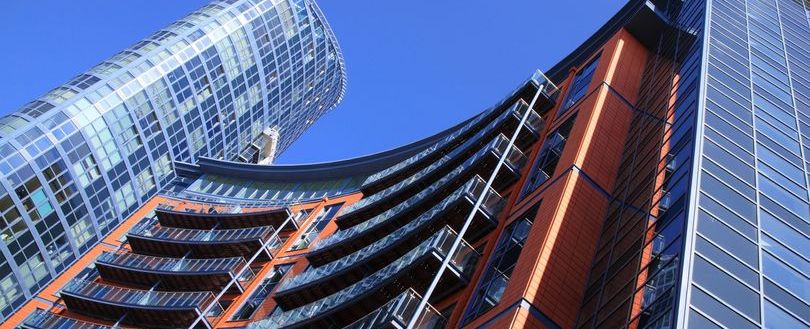
Fire safety guidance strengthened for new high-rise dwellings
Like it? Share it!
10 June 2022
The changes meet the recommendations outlined in Phase One of the Grenfell Tower Public Inquiry and will strengthen the information available to Fire and Rescue Services.
All new residential buildings over 11 metres in height will now have to include a Secure Information Box that affords Fire and Rescue Services personnel access to important details about a building and the residents in the event of a fire.
In tandem, new residential developments over 18 metres tall will also have to incorporate an evacuation alert system that assists Fire and Rescue Services personnel when it comes to informing residents of any change in evacuation strategy during an incident. This affords Fire and Rescue Services an additional tool to use on the ground alongside existing methods of evacuation.
These improvements inform part of a wider update to tighten Building Regulations and provide clearer fire safety rules for the design or construction of residential developments.
Speaking about this news, Fire Safety Minister Lord Greenhalgh asserted: “We have introduced the biggest improvements to building safety in a generation with the passing into law of the Building Safety Act 2022. These changes will support our tough new regulatory regime, duly ensuring that fire safety measures are incorporated into new high-rise homes and that all new residential buildings meet the same safety standards. It does not end here, though. I urge the industry to act quickly on updating its practises in line with these new rules.”
As referenced by Gavin Tomlinson, chair of the National Fire Chiefs Council’s (NFCC) Protection and Business Safety Committee, the Government has indeed introduced tougher standards for external wall materials on new medium-rise blocks of flats.
Previously, the Government announced a ban on the use of combustible materials inside – and on the external walls of – new blocks of flats over 18 metres tall in England, as well as for hospitals, student accommodation and dormitories in boarding schools. Further regulatory updates will now see this ban extended to new hotels, hostels and boarding schools of this height.
Importantly, these changes will ban MCM PE on all new buildings of any height. This follows research carried out by the Government and evidence heard at the Grenfell Tower Public Inquiry on the serious fire safety risks associated with this material.
New statutory guidance will be introduced to restrict the combustibility of materials used in (and on the external walls of) residential buildings between 11 metres and 18 metres in height. This will mean that lower-risk developments between 11 metres and 18 metres tall duly meet the necessary safety standards, while allowing designers and developers the flexibility to use environmentally friendly materials.
This builds on a provision – that the Government has already introduced, for sprinkler systems to be installed in new blocks of flats of 11 metres and above in England.
It’s a move that follows on from an extensive consultation and will ensure that residents of all blocks of flats are safe – and, what’s more, feel safe – in their homes.
The Government is implementing changes to the Building Regulation’s guidance (ie Approved Document B) in order to meet the Phase One recommendations of the Grenfell Tower Public Inquiry for the provision of Secure Information Boxes and evacuation alert systems.
